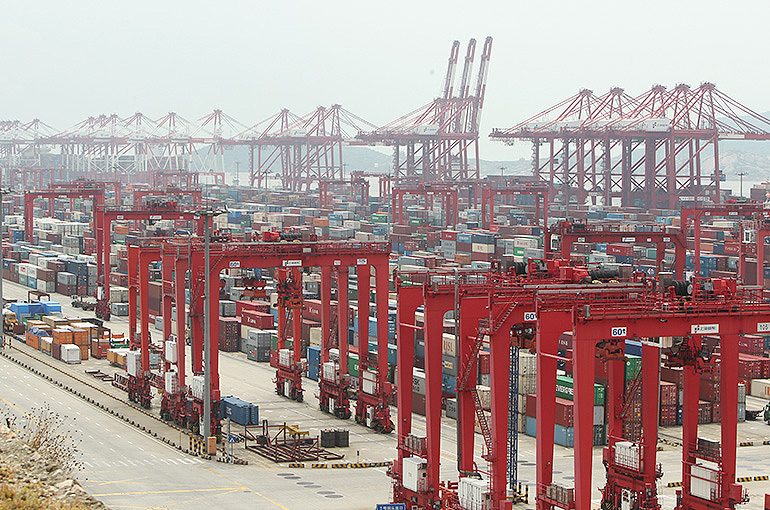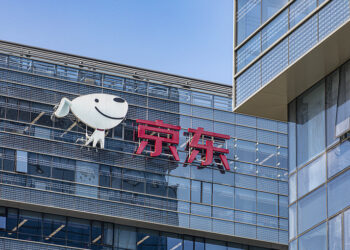Select Language:
Shanghai’s international trade expanded by 21.2% year-over-year in the third quarter, reaching CNY1.19 trillion (approximately USD164.2 billion), driven by technological advancements and market diversification despite a challenging global trade landscape.
For the first nine months of the year, the city’s total trade volume increased by 5.4% to CNY3.34 trillion, surpassing the national average by 1.4 percentage points. Export growth outpaced the country’s rate by 4.2 percentage points, rising 11.3%, while imports grew modestly by 1.1%, which was 1.3 percentage points higher than the national growth.
This year has seen fluctuations for the city’s trade sector. In the first quarter, total imports and exports dropped 2.5% to CNY1.01 trillion but bounced back in the second quarter, rebounding 7.2% to CNY1.14 trillion.
Recent data highlights “partial successes in reshaping Shanghai’s industrial structure and shifting growth drivers,” according to a senior researcher at a local think tank’s Economics Institute. The city’s three main sectors—integrated circuits, biomedicine, and artificial intelligence—generated CNY193.7 billion (USD26.7 billion) in exports over the first nine months, marking a 10.3% year-over-year increase.
Efforts to diversify export markets have also been fruitful. Trade with emerging markets rose nearly 9% during this period, with exports to countries like Brazil, Indonesia, and India surging 28%. Trade with Africa soared by 79%. Conversely, trade volumes with the European Union and the United States declined slightly—by 0.4% and 8.1%, respectively—reducing their combined share of total trade by 2.5 percentage points to 27.7%.
Private companies have become the primary drivers of growth, with their combined import and export volumes jumping 27% year-over-year to CNY1.32 trillion, representing nearly 40% of the city’s total trade, up by 6.7 percentage points from the previous year. The number of private firms engaged in import-export activities increased by 8%, totaling 46,000.
Looking ahead, the sustainability of Shanghai’s trade growth depends on its ability to bolster industrial chain resilience and boost the added value of its products. Continued support from both central and local government policies will be crucial to navigate increasing global competition and uncertainties.







